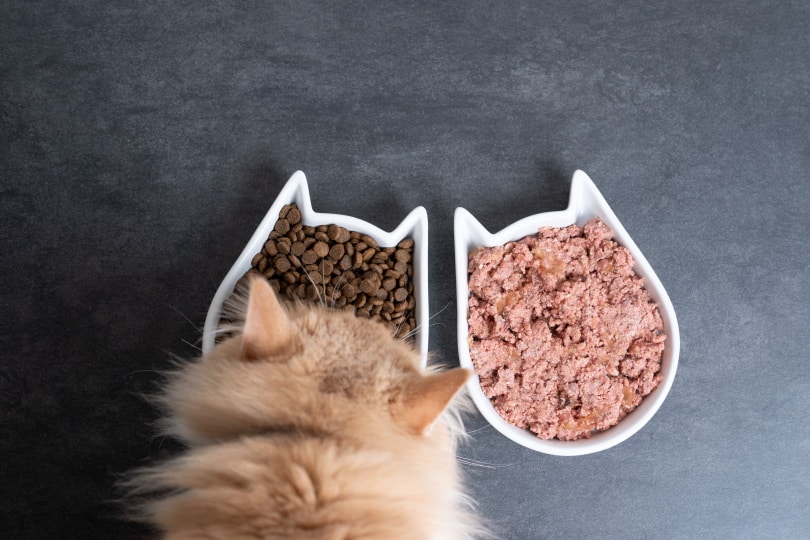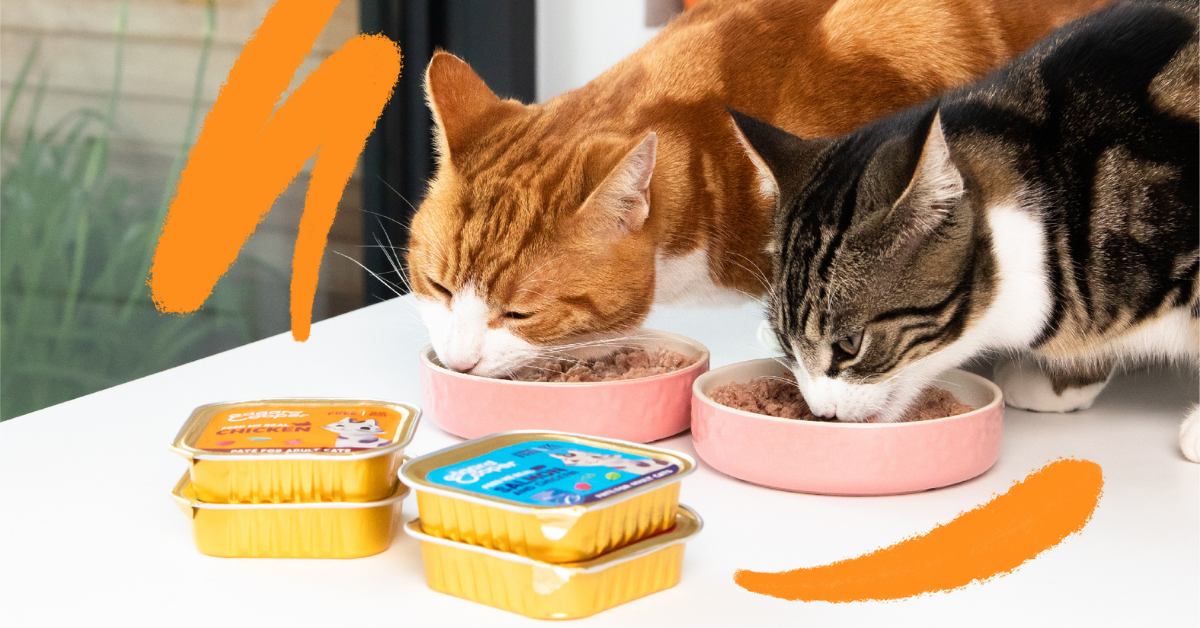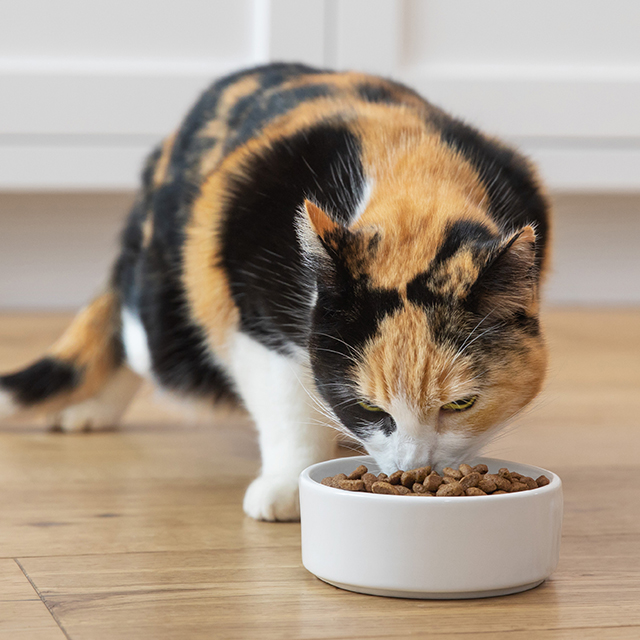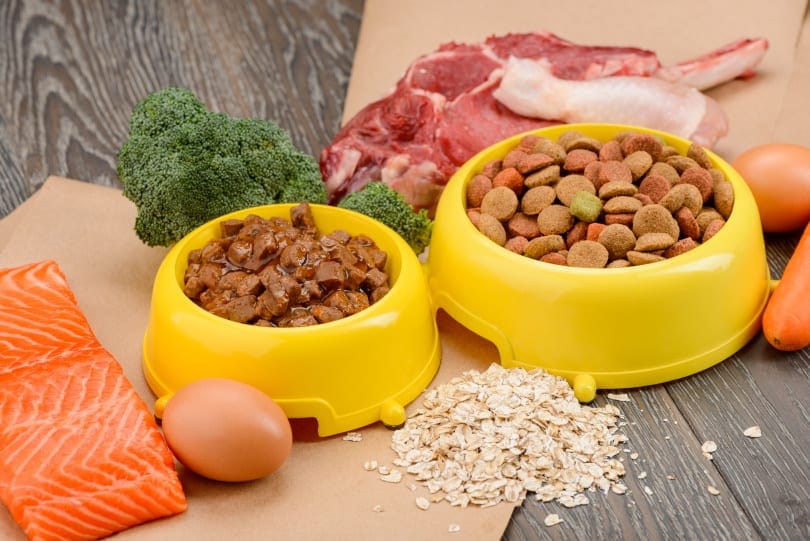Understanding the Benefits of Mixing Wet and Dry Cat Food
Exploring the Synergy of Wet and Dry Food for Feline Health
When it comes to feeding our feline friends, a balanced diet is essential for their overall health and well-being. One approach gaining popularity among cat owners is mixing wet and dry cat food to create a synergistic nutritional combination. This combination offers a host of benefits that work together to provide cats with a well-rounded diet. By understanding the advantages of both wet and dry cat food, we can ensure our furry companions receive optimal nutrition and thrive.
Wet cat food, with its higher moisture content, closely resembles the natural prey of cats, aiding in their hydration and preventing urinary tract issues. It is also rich in protein, which is vital for muscle growth and maintenance in cats. On the other hand, dry cat food provides convenience, dental benefits, and a more concentrated source of nutrients. By mixing these two types of cat food, we can harness the benefits of both to create a balanced and nutritious diet for our feline companions.

Maintaining Healthy Weight and Hydration
Striking the Balance for Weight Management and Optimal Fluid Intake
Weight management is a crucial aspect of feline health, and the combination of wet and dry cat food can play a role in achieving this balance. Wet cat food has a higher moisture content, helping to keep cats hydrated and supporting their urinary tract health. It also tends to be lower in calories compared to dry food. By incorporating wet food into their diet, we can help cats maintain a healthy weight and decrease the risk of obesity.
Dry cat food, on the other hand, provides essential nutrients in a concentrated form and helps support dental health by promoting chewing and reducing tartar buildup. By including a measured amount of dry food in the mix, we can ensure our cats receive the necessary nutrients while still controlling their calorie intake.
Finding the right balance between wet and dry cat food is essential, as individual cats have different needs and preferences. Consulting with a veterinarian can provide valuable guidance in determining the appropriate ratio of wet to dry food based on factors like age, weight, activity level, and any specific health concerns.

Enhancing Palatability and Variety
Stimulating Feline Taste Buds with a Mix of Textures and Flavors
Just like humans, cats can benefit from a diverse and appealing diet. Mixing wet and dry cat food allows us to provide our feline friends with a range of textures and flavors that stimulate their taste buds and prevent them from getting bored with their meals.
Wet cat food offers a variety of textures, from pâté to chunks in gravy, giving cats a different sensory experience with each meal. The rich aromas and savory flavors of wet food can be highly enticing for finicky eaters, encouraging them to consume an adequate amount of nutrition.
Dry cat food, on the other hand, provides a satisfying crunch that many cats enjoy. It can be a welcomed addition to the mix, offering a different mouthfeel and promoting dental health through the chewing process. By combining wet and dry food, we can create a well-rounded and exciting mealtime experience for our feline companions.
Introducing variety into a cat’s diet is important, as it helps prevent them from becoming too reliant on a single type of food and ensures they receive a balanced range of nutrients. Rotation between different brands and flavors of wet and dry food can be beneficial, accommodating a cat’s changing preferences and maintaining their interest in mealtime.

Catering to Specific Dietary Needs
Tailoring the Diet to Address Feline Health Conditions
Mixing wet and dry cat food can be especially beneficial for addressing specific dietary needs and health conditions in cats. Because each type of food offers distinct advantages, they can be combined strategically to support a cat’s unique requirements.
For example, cats with dental issues or sensitivity may struggle to chew dry food. By incorporating wet food into their diet, we can ensure they still receive the necessary nutrition without putting additional strain on their teeth and gums. Wet food’s soft texture and higher moisture content can be easier to consume for cats with dental challenges or those recovering from oral surgery.
Similarly, cats with gastrointestinal sensitivities or allergies may benefit from a combination of wet and dry food that aligns with their specific dietary restrictions. The mix allows us to select appropriate options that address their sensitivities while still providing a balanced and complete diet.
It is important to work closely with a veterinarian when catering to specific dietary needs, as they can provide guidance on selecting the right combination of wet and dry cat food and monitor the cat’s response to the dietary changes.
Transitioning Kittens and Senior Cats
Ensuring Nutritional Consistency from Early Life to the Golden Years
Transitioning kittens from their mother’s milk to solid food is a critical stage in their development. The combination of wet and dry cat food can support this transition by gradually introducing new textures and flavors while ensuring a balanced and nutritionally adequate diet.
During the early stages of a kitten’s life, wet cat food is often recommended as it provides the necessary hydration and easier chewing. As kittens grow and their teeth develop, incorporating dry cat food into their diet helps strengthen their teeth and jaw muscles. By offering a mix of wet and dry food, we can support their nutritional needs and help them develop healthy eating habits.
In the later years of a cat’s life, transitioning to a senior-specific diet becomes crucial to address age-related health concerns. The combination of wet and dry cat food can adapt to the changing needs of senior cats, ensuring they receive the appropriate nutrients to support their aging bodies.
Consulting with a veterinarian can provide valuable guidance on transitioning kittens and senior cats, ensuring their nutritional needs are met throughout all life stages.

Portion Control and Mealtime Management
Optimal Feeding Practices for Feline Health and Well-being
Portion control and mealtime management are essential considerations when mixing wet and dry cat food. By establishing a proper feeding routine and monitoring portion sizes, we can ensure that our cats receive the appropriate amount of nutrition to maintain a healthy weight and overall well-being.
A key aspect of portion control is measuring the amount of food provided, whether it is wet or dry. Feeding guidelines on the packaging of the cat food and advice from a veterinarian can help determine the appropriate portion sizes based on factors like the cat’s weight, age, and activity level.
Creating a consistent feeding schedule also helps establish a routine for our cats. This routine can aid in maintaining healthy digestion and preventing overeating. Dividing the daily food intake into multiple meals throughout the day can help cats feel satisfied and prevent them from begging or raiding their food bowls.
Monitoring a cat’s body condition and weight regularly is important to ensure that the feeding regimen is appropriate and adjusted as needed. By maintaining a balance of wet and dry cat food and implementing portion control and mealtime management practices, we prioritize our cat’s health while fostering a positive relationship with food.
Considerations for Homemade and Raw Diets
Incorporating Wet and Dry Food into Homemade and Raw Feeding Regimens
For cat owners who opt for homemade or raw diets, incorporating wet and dry cat food can enhance the nutritional balance and safety of their cats’ meals. While homemade and raw diets can offer a more personalized approach to feline nutrition, they can also pose challenges in meeting all of a cat’s nutritional requirements.
By mixing wet and dry cat food alongside homemade or raw feeding regimens, we can ensure that cats receive a well-rounded and nutritionally complete diet. Dry cat food can provide essential nutrients and balance to homemade diets by offering additional sources of vitamins, minerals, and protein. Wet cat food adds moisture and texture variety, reducing the risk of nutrient deficiencies and assisting in overall digestion.
It is crucial to consult with veterinary professionals, including veterinary nutritionists, when incorporating a combination of wet and dry food into homemade or raw diets. They can guide cat owners in creating a balanced and safe feeding regimen tailored to their cats’ specific dietary needs.
Finding the Perfect Balance for Feline Nutrition
Striving for optimal feline nutrition involves understanding the benefits of mixing wet and dry cat food and tailoring the approach based on individual needs. By harnessing the advantages of both types of food, we can provide our cats with a well-rounded and balanced diet that supports their health, hydration, palatability, and specific requirements. Whether it’s maintaining their weight, catering to dietary needs, enhancing mealtime experiences, or transitioning through different life stages, the combination of wet and dry cat food offers a versatile and effective approach to feline nutrition. Through careful consideration, consultation with veterinarians, and attentive mealtime management, we can find the perfect balance that promotes the overall well-being of our beloved feline companions.
